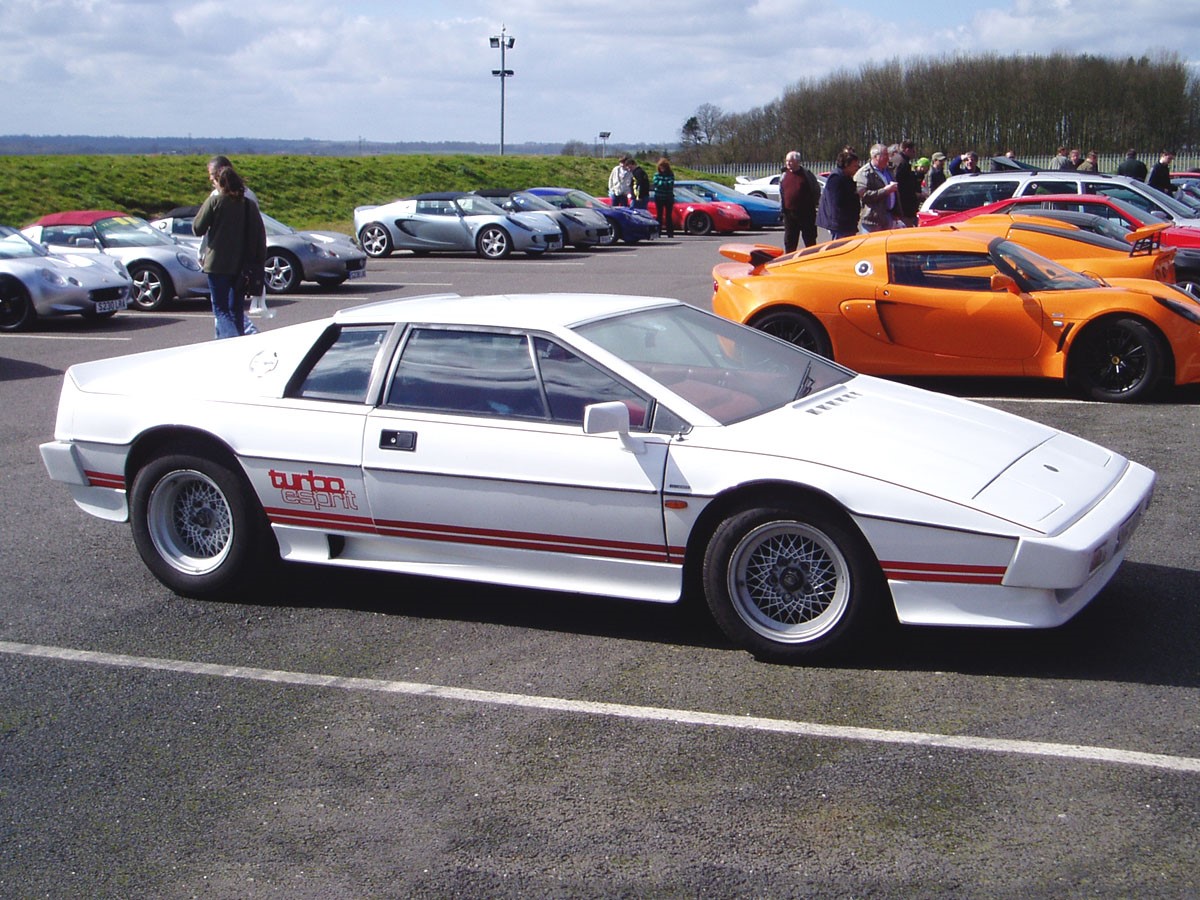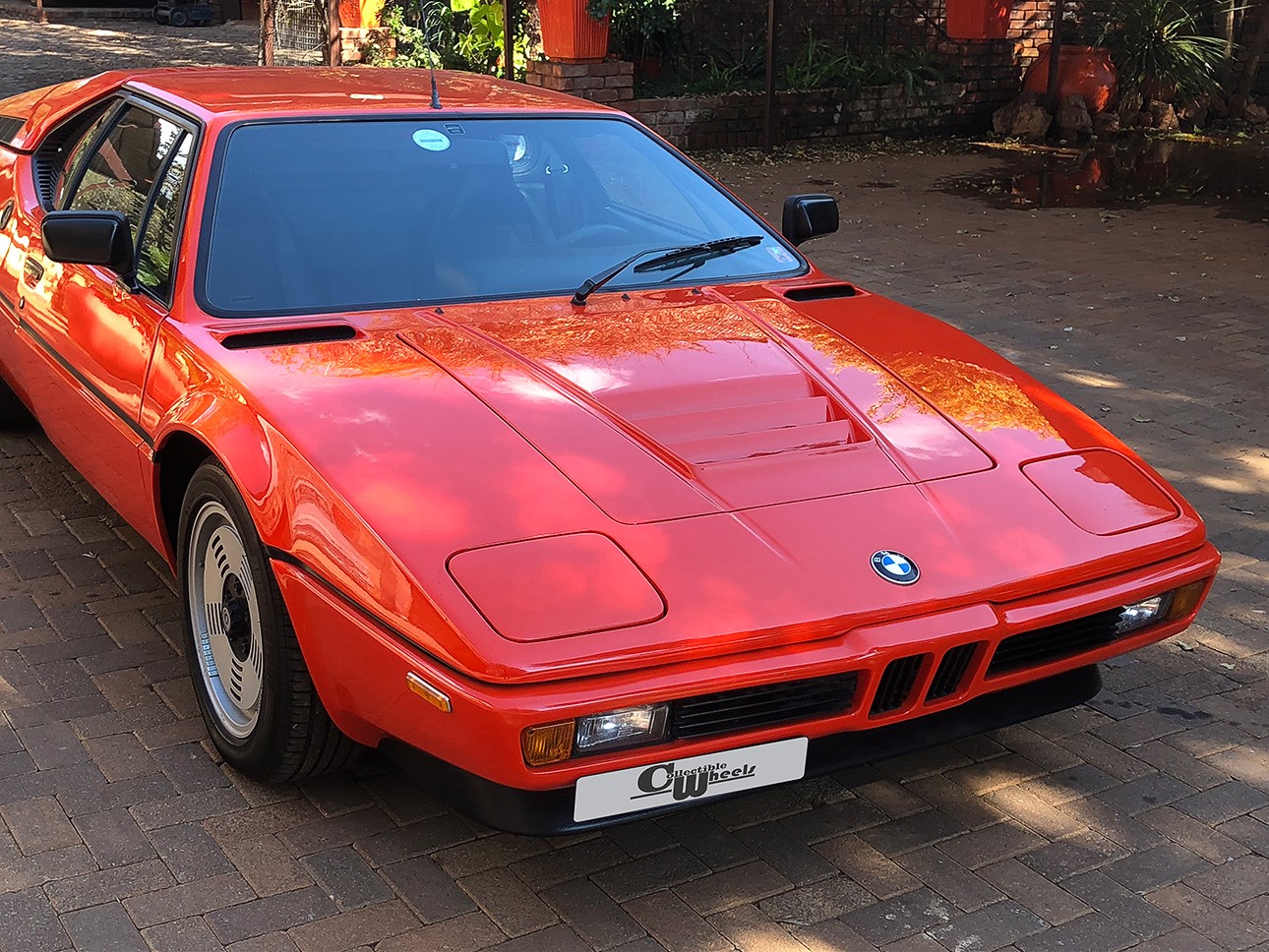If Money was no object our Garage would be filled with the following Top 22 Cars. Whilst there are probably about another 100 odd Cars that could make this list as well or rather fill our warehouse the list we have compiled are cars that we have physically driven and also happen to own a few of them.They are cars that You can just get in a simply drive them out on to the open roads where heads will turn, hooters will be blown, thumbs up signals will be given and new friends Young and Old will be made.
Peugeot 205 T16
This little French number is here because it was created by Peugeot purely for homologation purposes (in order for a manufacturer to enter Group B rallying, it had to produce 200 road going examples of the car its rally car would be based on). While it looked like an ordinary small Peugeot, it shared many parts from the rally car including its engine, albeit in detuned form. The rally version dominated, with back-to-back championship wins in 1985 and 1986. While most Petrolheads were lusting after the Volkswagen Golf 2 GTI at the time, the 205 GTI was widely regarded as the benchmark.
Ferrari 430 Scuderia
This model was revealed at the pinnacle of the Maranello-based F1 team’s success. It brimmed with F1 tech and was developed by one Michael Schumacher to be a track car that could make the odd trip to the shops. It was some track car too; it beat the Ferrari Enzo’s lap time around Ferrari’s Fiorano test track. And, that time from what was essentially Ferrari’s entry-level model, all thanks to lightning gear shifts from Ferrari’s F1 Superfast 2 transmission, 100 kg less weight and a clever e-differential. A nerdy Ferrari for sure, but one you didn’t want to mess with.
Alfa Romeo Giulietta/Giulia Sprint Speciale
Whether in early Giulietta spec (1.3-litre engine) or the later Giulia (1.6), these diminutive Alfas are highly desirable these days because of their limited build (around 1 400 of each), and their beautiful design. Conceived to be competitive racers, the Sprint Speciales were incredibly aerodynamic. Their 0.28 drag coefficients were unbeaten for decades and helped them achieve high top speeds with comparatively little power from their very vocal twin-cam engines.
Renault R8 Gordini
Successor to the Dauphine, the R8 retained a rear-engine, rear wheel drive layout, along with tail-happy, ‘widow-maker’ handling. But, as before, Amedée Gordini was called in to work his magic. Initially powered by a lightly breathed upon 1.1-litre, 1966 saw the addition of double headlights, a five-speed gearbox and a re-engineered 1255cc motor. These enhancements turned the blue-hued twin white striped tyke into a rally winner with a serious cult following. The man behind Gordini, Amadeo Gordini, was nicknamed ‘Le Sorcier’ (the Sorcerer) and South Africa’s 1979 F1 world drivers’ champion, Jody Scheckter, famously campaigned his creation.
Volvo P1800
For Volvo, a manufacturer renowned for its predictable, if inoffensive, blocky car designs the sensually styled and the exceedingly elegant P1800 from the Sixties is a masterstroke. When a volume manufacturer of run-of-the-mill family cars produces something as delectable as the P1800, as Volkswagen did with the Karmann Ghia, it represents a source of guilt-free indulgence for collectors of exotic cars.Styled by Pelle Petterson under the tutelage of Pietro Frua when the latter’s studio was a subsidiary of the Italian design house Ghia, the P1800, with its speedboat-like profile, plunging roofline, swooping chrome and subtle rear fins was produced by Jensen in the UK. It may be one of the most un Swedish Volvos ever produced, but the P1800 and its derivatives have proved very influential. Also, the P1800 was driven with panache by Roger Moore in The Saint on TV.
. De Tomaso Pantera
Classic Italian sportscar styling, courtesy of Ghia’s Tom Tjaarda and American V8 muscle (Ford’s 351 Cleveland motor) promised much, but early rust-prone Italian production woes and the onset of the 1973 fuel crisis put the skids on Pantera sales just as Ford had begun to dial in more build quality. The Pantera soldiered on and gained a Countach-aping spoilers-and-skirts wide-body kit before receiving a full facelift from Marcello Gandini himself. De Tomaso was not a small sideline manufacturer, it actually owned Maserati from 1976 to 1993.
Lotus Esprit S3 Turbo
The Esprit may look like an old door stop but this was one seriously cool car. James Bond spent a fair amount of time swapping out Esprits as they developed, but the S3 was used in the film For Your Eyes Only. The Esprit had a relatively long life, first being produced in 1976, the final Esprit rolled off the line in 2004. It’s arguably the coolest looking Eighties sports car.
Alfa Romeo GTV6
A highlight in Alfa’s history, thanks to some uniquely South African product planning. The original GTV6 was created, as many other great cars of the 1980s, to fulfil homologation requirements for circuit racing. Alfa Romeo South Africa managed to convince its Italian parent company that the entirely fantastic Alfetta coupe required a 3.0-litre high-performance engine to fulfil its true potential. This request was granted, and the result was a 128 kW GTV6, which featured dramatic styling, courtesy of a lowered stance, custom lightweight bonnet and iconic Compomotive alloy wheels. Alfisti worldwide were in awe. For those obsessive Petrolheads historians, this car foreshadowed what BMW would ultimately create with its 1M Coupe. Alfa Romeo was way ahead of the performance car curve by a good few decades.
BMW M1
Another product of the wedge-era, the BMW M1 was based on the Paul Bracq-penned BMW Turbo Concept and brought to life by Italian designer Giorgetto Giugiaro. The main objective of the M1 project was to homologate the car so it could compete with Porsche at Le Mans (a total of 453 of these cars were produced between 1978 and 1981). While its pop-up headlights, flat kidney grille and rear louvre slats gave it a distinctive and timeless appearance, it was the brace of BMW roundels located on either side of the tailgate that became its most distinctive trait; that and, of course, the 3.5-litre inline 6 that made it the fastest German road car of its era... and went on to power the E28 M5, the world's 1st super sedan.










